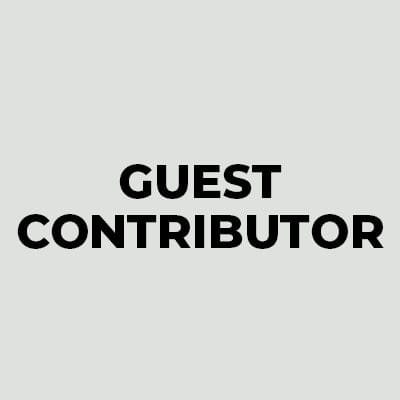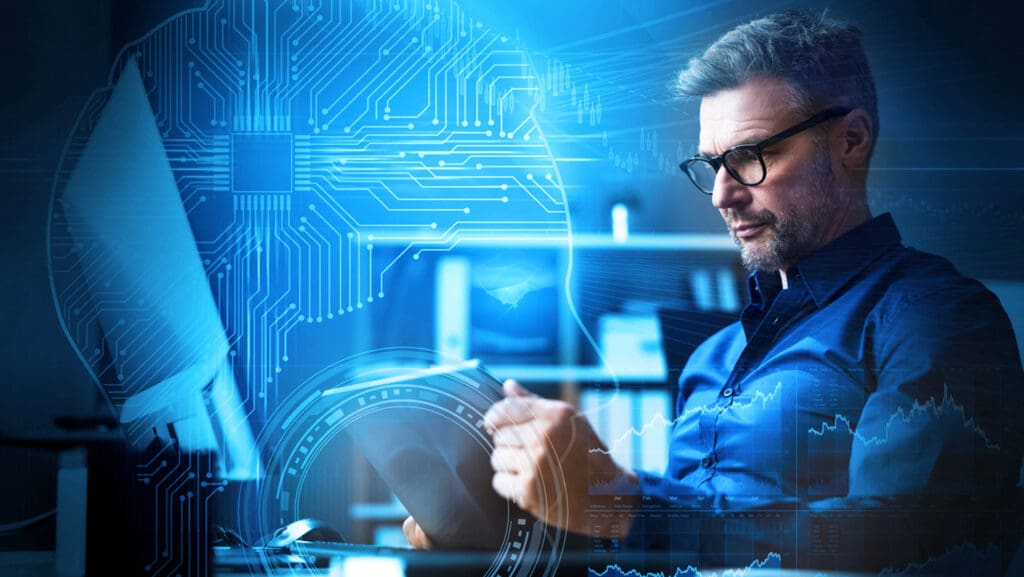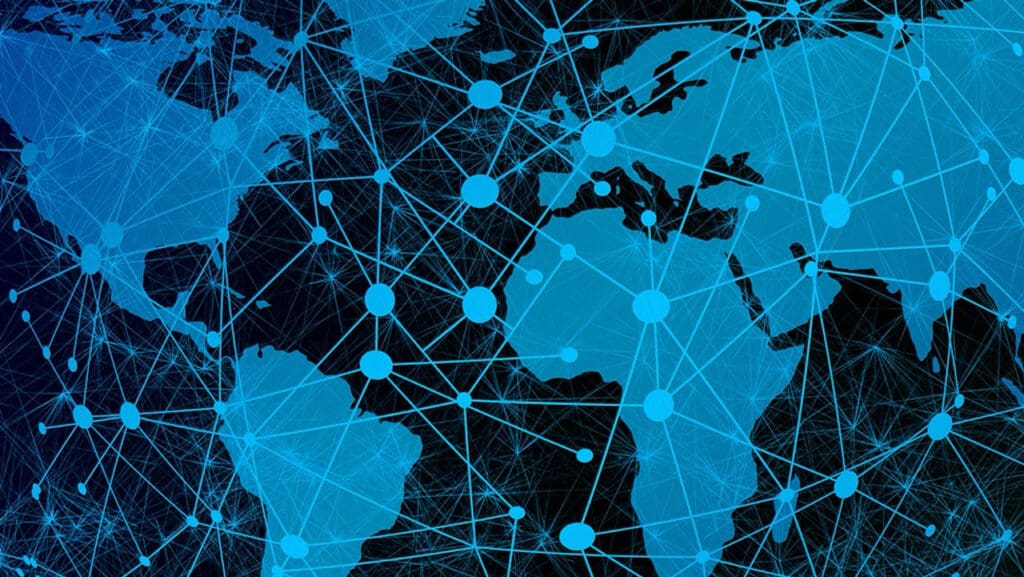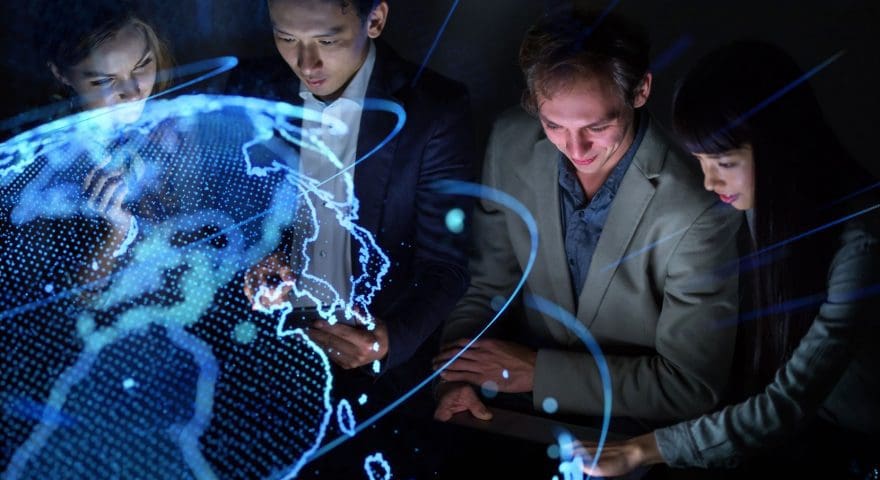During the past several months, IEEE has been taking part in The World Summit on the Information Society (WSIS) Forum. The WSIS Forum serves as a platform for a global discussion of Information and Communication Technologies (ICTs) and how they can be a means to achieving the Sustainable Development Goals, which are a series of global environmental, social, and economic goals set out by the United Nations to be met by 2030. ICTs hold the potential to help accelerate our progress toward all the SDGs. They enable productivity, and with that productivity comes growth.
As a global standards setting organization, IEEE Standards Association (IEEE SA) recognizes that people and technology are not independent of one another. Systems we create must take sustainability and human impact considerations into account from the very beginning. Our members strive to design systems that envision an inclusive and inspiring future. Our participation in the WSIS Forum is intended to help further the global dialogue on technology and sustainability and the issues discussed at the Forum are in line with IEEE’s mission is to advance technology for the benefit of humanity.
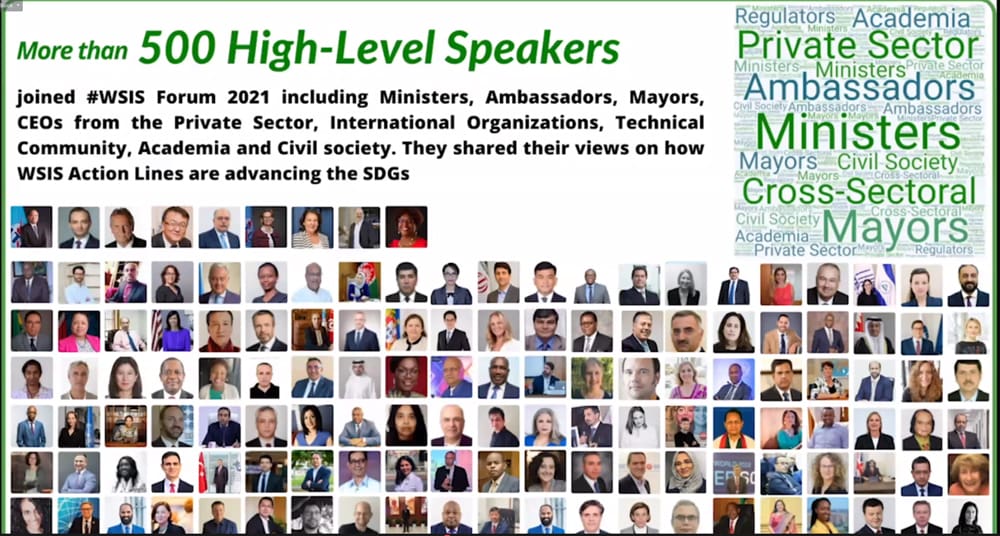
IEEE at WSIS Forum 2021
Co-organized by the ITU, UNESCO, UNDP, and UNCTAD, in collaboration with other UN organizations, this year’s Forum took place virtually from January to May 2021. It had over 11,000 participants from over 170 countries. Topics discussed reflected the current accelerated technological evolution and its increasingly broad reach as it begins to occupy whole ecosystems, cross borders, and involve many more stakeholders.
As a Specific Activity Partner, IEEE participated in several Forum sessions, including:
- WSIS Exhibition Space Inauguration (15 March 2021)
- High-Level Policy Session 9: WSIS Action Lines and 2030 Agenda / Enabling Environment (25 March 2021)
- High-Level Policy Session 10: Ethical Dimensions of Information and Knowledge Societies (26 March 2021)
- Thematic Workshop: Digital Resilience for COVID-19 Mitigation, Response and Recovery – Practical Lessons Learned (31 March 2021)
- IEEE Thematic Workshop: ICTs and Smart Energy: Accelerating the use of ICTs for sustainability (20 April 2021)
- IEEE Knowledge Café: Measurementality: Children’s Data and Sustainability (05 May 2021)
- WSIS Forum 2021 Highlights and Key Achievements (17 May 2021)
- Opening Segment: Appreciation Ceremony for WSIS Forum 2021 Partners and the High-Level Dialogue with Partners (18 May 2021)
- Outcomes of the High-level Policy Sessions and Conclusion of High-Level Track (20 May 2021)
How Information and Communication Technologies (ICTs) Can Enable Smart Energy
In April, IEEE hosted a Thematic Workshop titled ICTs and Smart Energy: Accelerating the Use of ICTs for Sustainability. Participants agreed that information and communication infrastructure is an essential foundation for an inclusive information society, but in order to have that, people need access to sustainable energy systems. That is the challenge. Panelists discussed many aspects of sustainable energy access, beginning with renewable energy.
Renewables present many advantages. Panelists pointed out that renewables can power remote locations much easier than traditional large energy installations. They can also be effective large scale energy providers. The lifetime cost of renewable energy, not even factoring in the environmental benefits of the technology, is competitive with any other large scale power generation installation. It was pointed out that renewables have the added benefit of preserving the quality of the land they occupy. Installations, when removed after 20-30 years, will not have adverse effects on the land on which they are built.
There are still challenges to renewables, however. Renewable energy sources such as wind and solar require considerable space and this means that providing the energy to cities is complicated. Renewable energy storage and the bidirectional nature of renewables also represent hurdles.
With the development of renewables, we are facing the urgent need for a paradigm shift in the way we operate the grid, noted Julio Ramero Agüero, who serves on the IEEE Power and Energy Society Governing Board. “When we move to 100% renewable energy, the way we operate the grid will look very different from the current model,” he said. “We need to recognize this and plan for it.” He expressed gratitude for the fact that young professionals are joining the IEEE Power and Energy Society every day, and will be the leaders in this transition to the healthy grid being envisioned.
IEEE Standards for Smart Energy Infrastructure
We need not only the technology, but we also need standards to help in the building of the infrastructure. Standards help with interoperability, procurement guidelines, clear expectations on performance, and they help keep everyone safe. Speakers noted that IEEE is working on several standards to reimagine the future and support the transition. For instance, IEEE 1547™, Standard for Interconnection and Interoperability of Distributed Energy Resources with Associated Electric Power Systems Interfaces, is helping to connect distributed processes to the grid and ensure their security around the world.
IEEE’s standards working group for low voltage DC mini grid systems for rural and remote energy access where large power plants are impractical is another standard helping to provide power effectively. IEEE P2030.10.1™, Standard for Electricity Access Requirements with Safety Extra Low Voltage (SELV) DC for Tier II and Tier III of Energy Sector Management Assistance Program (ESMAP) Multi-tier Framework for Household Electricity Supply recognizes that many rural and sparsely populated areas of the world cannot support the creation of a large power plant. These areas call for other means of electrification. This is where DC-based power distribution can help to make inroads. Panelist Rajesh Kunnath discussed work on this new standard that will help in the use of DC mini grids for rural and remote electricity access. It is believed that this kind of 48 volt DC system with DC distribution will be much less expensive in the long term.
The panelists all agreed that we must look at the whole ecosystem. Solutions will look very different, depending on the local situation. Renewable energy is not one size fits all. Needs will change depending on the country context and the local needs and situation. For instance, North Africa has 99% energy coverage, while Central Africa has 1%. The journey will look different from country to country. Different levels of friction, regulation, and space exist also. Stakeholders can lend support, or not, making each situation distinct. Dr. Maike Luiken, President, IEEE Member, and Geographic Services, pointed out that we also need innovative financial models to support the infrastructure we are talking about, as well as political and social innovation to make everything happen, and laws to guide us.
Protecting Data Privacy for Children
IEEE also hosted a Knowledge Cafe about children’s data and what we should be measuring, considering that what we measure is likely to be what we will strive for. The panel discussion, as well as the breakout session discussions centered around three questions:
- What do you see are the measures of success today?
- What do you think they should be?
- How would the world look more positive if they were implemented?
How we measure success is important because it will inform the direction we take–for instance, with AI. Do we want to focus on protecting from harm? On privacy? Or do we need fuller measures? Could we dare to consider the types of things we would need to measure if what we wanted was to protect the wellbeing of children and their flourishing? MIT professor, Sandy Pentland, who was central in forging the transparency and accountability mechanisms in the UN’s Sustainable Development Goals, noted that we do not know enough about thriving and that we need to ask what we can do to promote it.
One breakout session discussed how AI can help children succeed in school. To answer this question, it was pointed out that we first need to define success, and that success will be defined differently from one context to another. Our metrics need to be specific to the individuals’ context – geographical location, age of children, etc. Social emotional learning, critical thinking, and creativity were elements the panelists and participants agreed would be important to measure. They also agreed that we need to involve children in the setting of the metrics as well as in the design of the technologies.
Instead of just focusing on protecting children from harm, John Havens, Executive Director of the IEEE Global Initiative on Ethics of Autonomous and Intelligent Systems, emphasized that the ultimate goal for technology could be to increase children’s long term well being.
A Collaborative Approach to Sustainable Development
Wrapping up the Forum, Dr. Maike Luiken, President of the IEEE Member and Geographic Activities, made a high-level statement in which she pointed out the fact that while technical solutions may be critical to advancing many of the SDGs, they may also pose environmental, ethical, and equity-related challenges, and hinder advances in sustainable development.
ICT devices, for example, may contribute to increased levels of emissions caused by their production, energy consumption, and associated electronic waste. The use of ICTs also surfaces new requirements around issues of systemic risk, diminishing trust, privacy challenges, and issues of data transparency, ownership, and agency.
She stated that it is clear that developing technical solutions is not sufficient – successful deployment and use of technology requires a consideration of the entire system in which it operates – including appropriate policies and regulations, financing mechanisms, oversight, and the analysis of the impacts of the use of the technology.
She ended by emphasizing that, in order to secure a successful trajectory of sustainable development, it takes collaboration, cooperation, and commitment from everyone.
We invite you to learn more about IEEE work and resources in sustainable development and join us in raising the world’s standards to benefit humanity.
Author: Kristin Little



